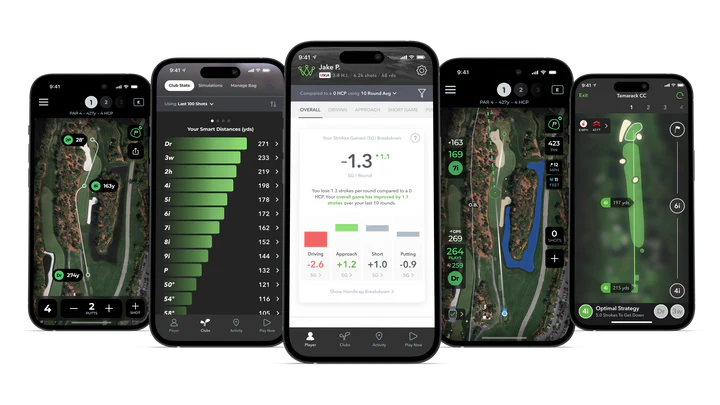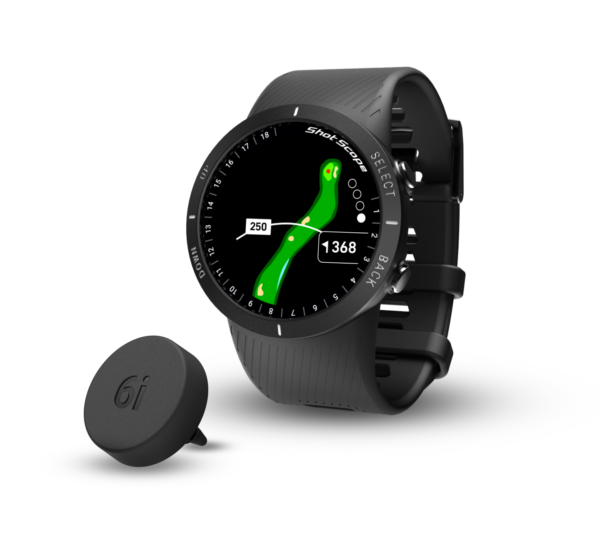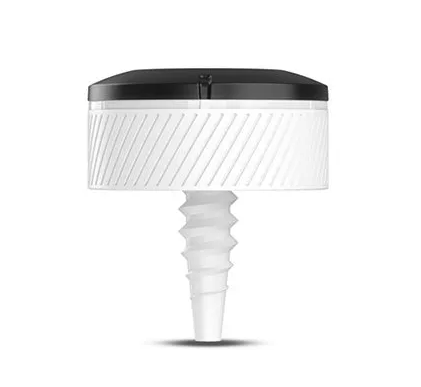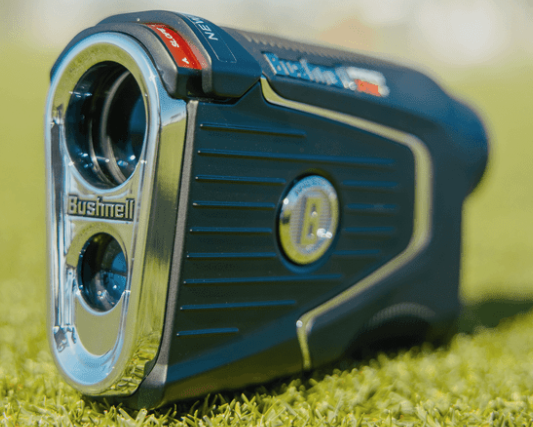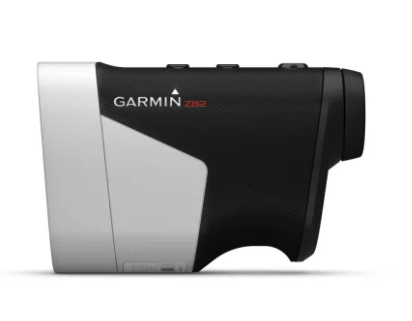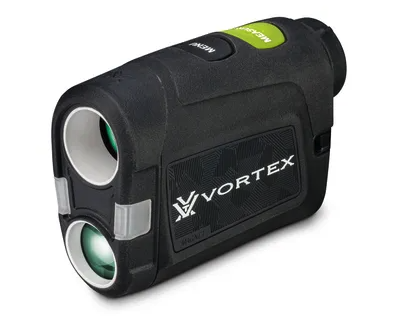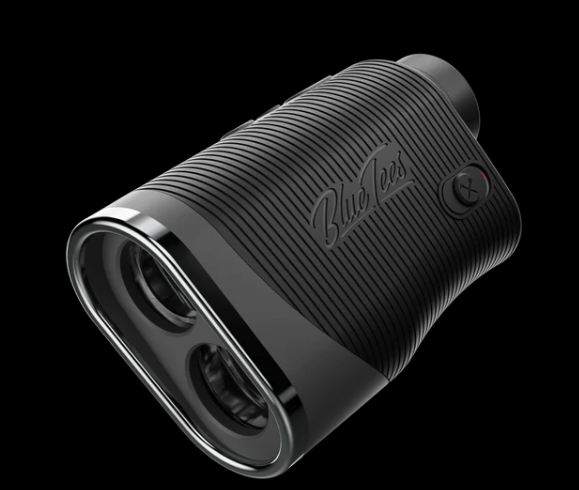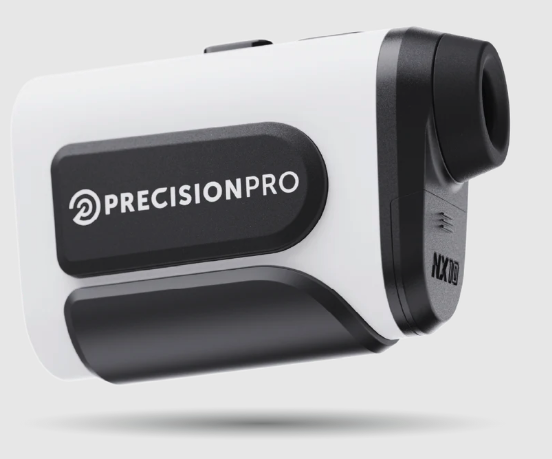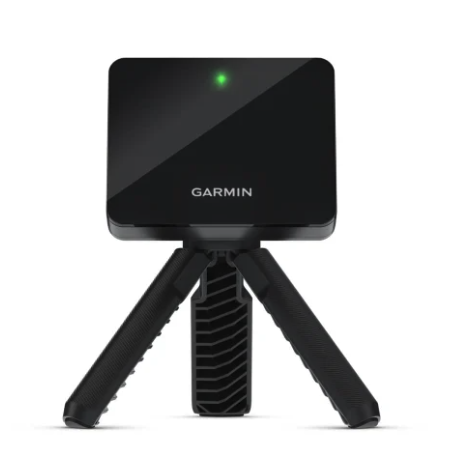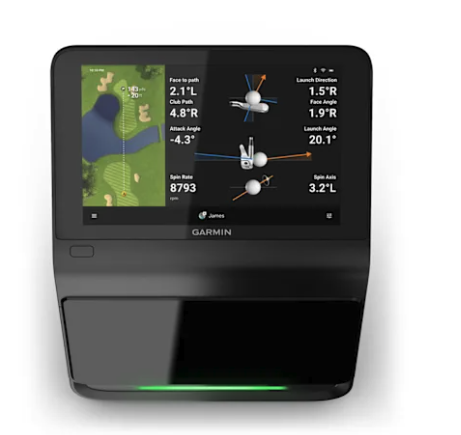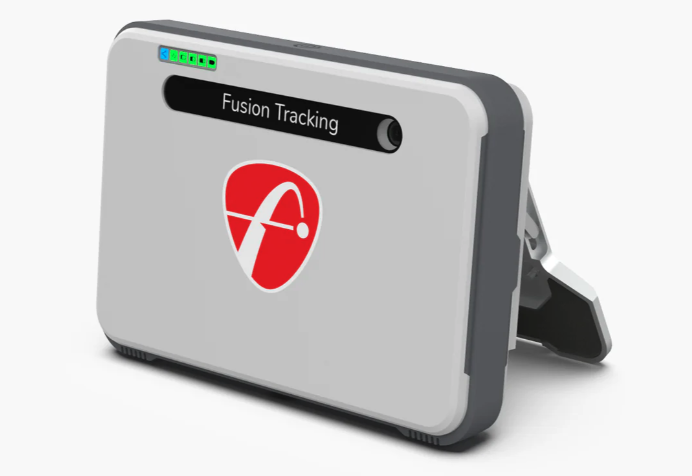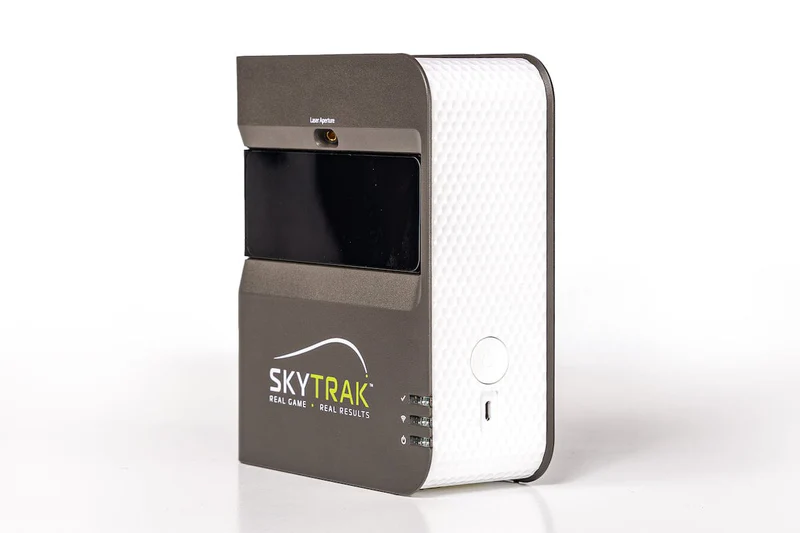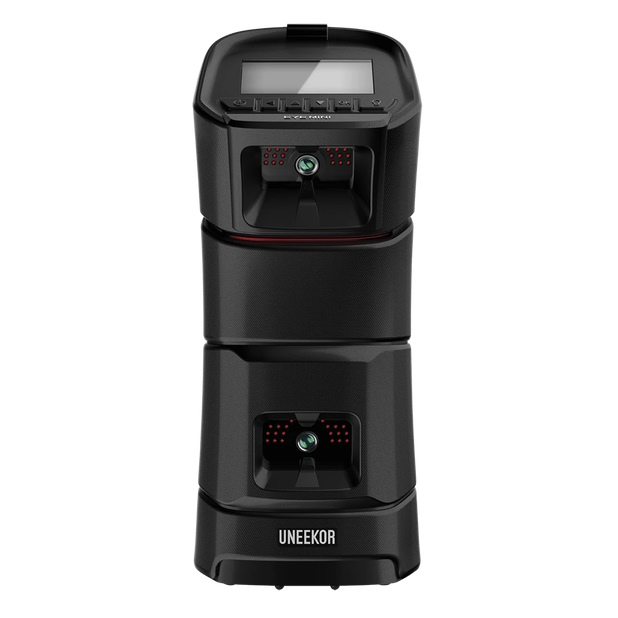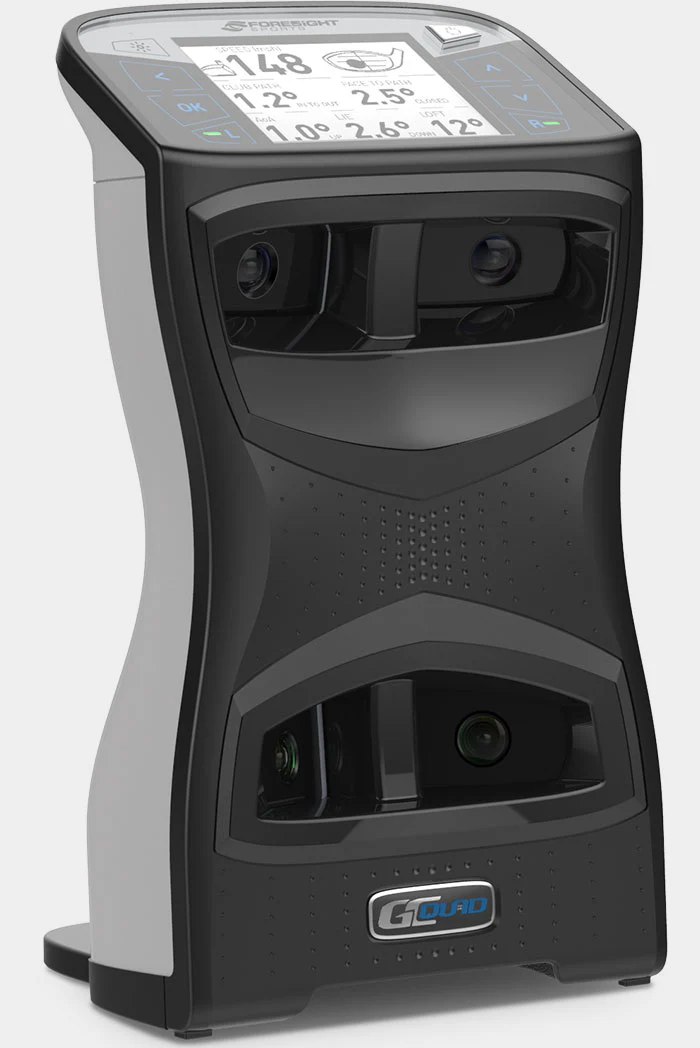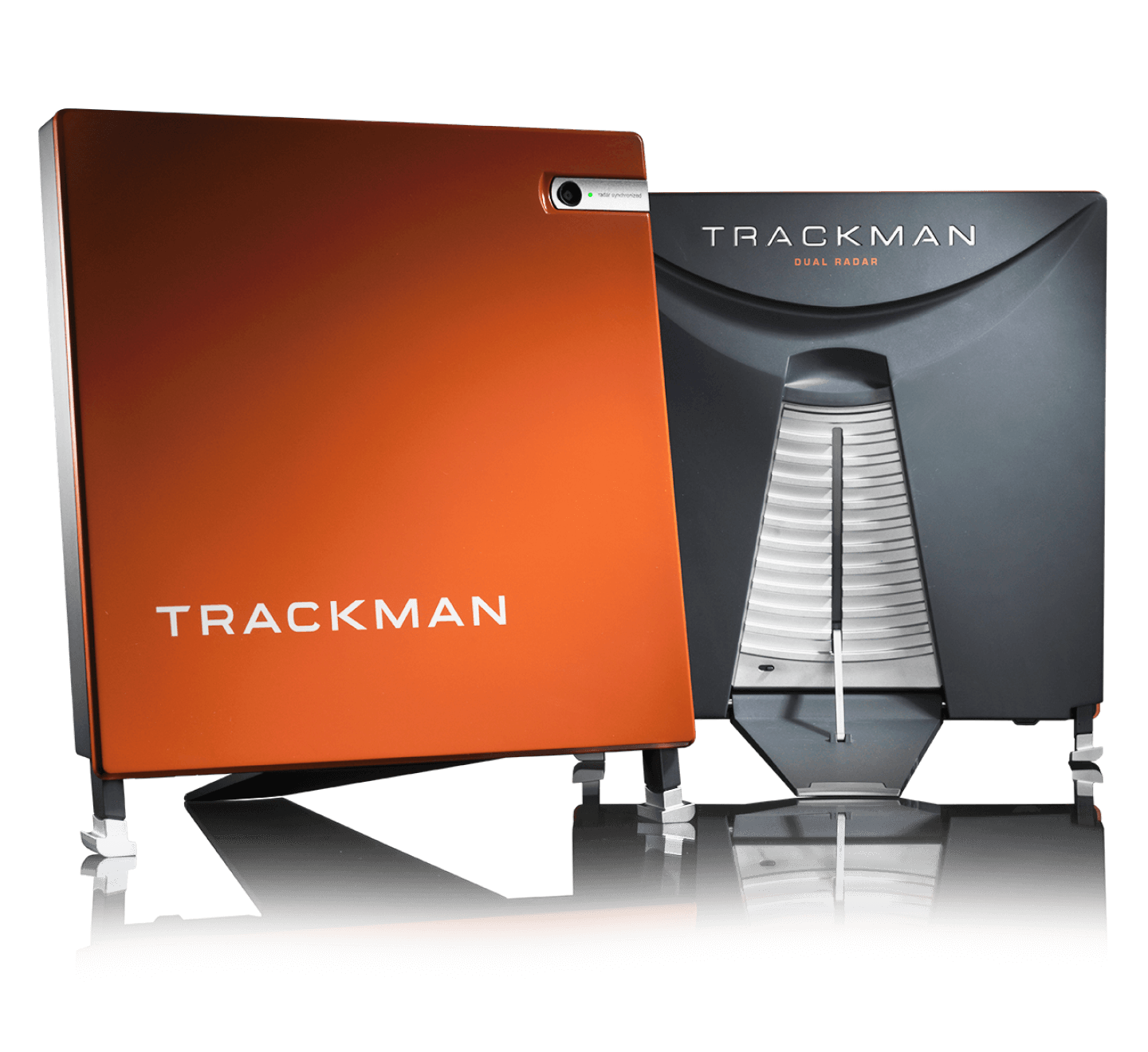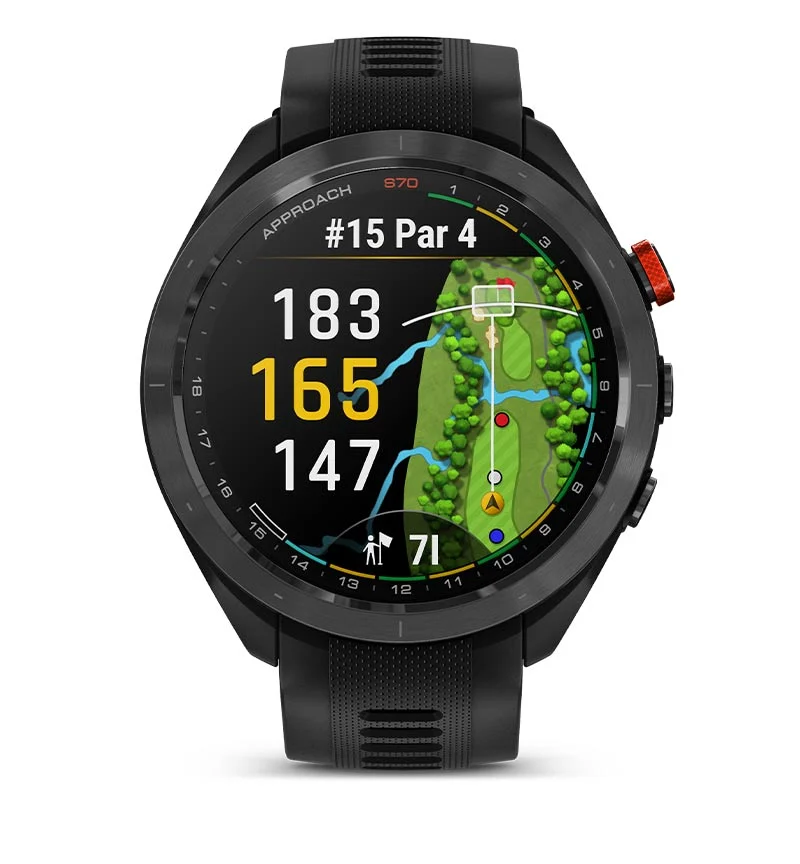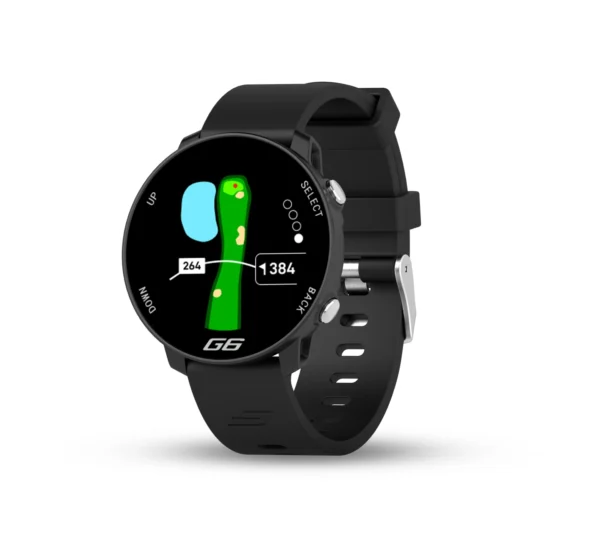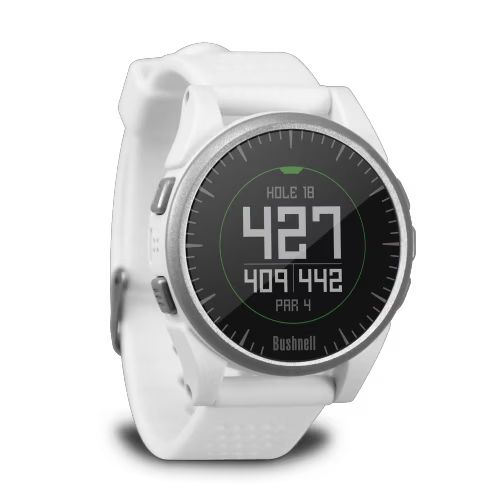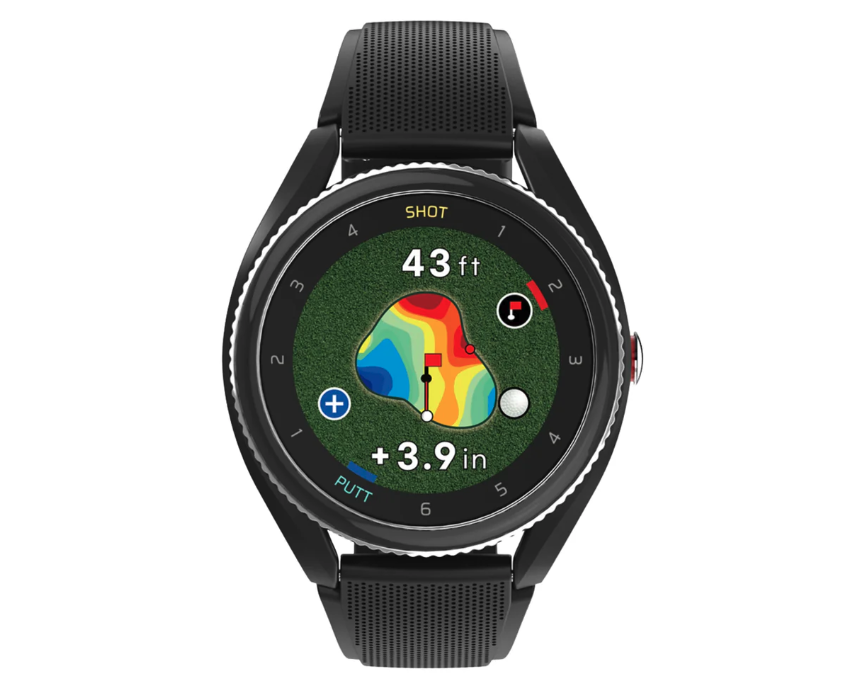The modern golfer’s bag doesn’t just hold clubs anymore. Today’s players are armed with a growing arsenal of gadgets, from shot tracking systems and GPS watches to launch monitors and smart rangefinders. In 2025, the market is more advanced and competitive than ever, and it can be overwhelming to choose the right tools to elevate your game.
This guide breaks down the four main categories of golf tech:
- Shot Tracking Systems
- Rangefinders
- Launch Monitors and Simulators
- GPS Watches
Each section will explore the latest offerings, core differences, pricing, key features, pros and cons, and who each product is best suited for.
Shot Tracking Systems
These systems use sensors embedded in your clubs or worn on your body to automatically track shots, distances, dispersion, and club usage. Perfect for data-driven players looking to analyze performance and identify weaknesses.
Arccos Smart Sensors + Caddie App
- Automatic shot tracking using club-mounted sensors
- AI-powered Caddie feature suggests club and strategy
- Stats like strokes gained, average distance, fairways hit, etc.
- Requires phone in pocket or Link device
- Annual subscription required
Pros: Seamless integration, great mobile app, tons of data
Cons: Subscription fee, phone dependency unless Link is used
Best For: Golfers who love analytics, goal-setting, and seeing long-term progress
Shot Scope V5
- GPS watch + built-in shot tracking system
- No subscription fee
- 16 club tags, in-depth post-round analysis
- New for 2025: Better club recognition accuracy and faster syncing
Pros: No fees, excellent data depth, easy to use
Cons: Slightly clunky interface for in-round use
Best For: Golfers who want tracking + GPS without ongoing cost
Garmin CT10 Sensors
- Compatible with Garmin GPS watches
- Tracks club usage, average distances, tendencies
- Integrates seamlessly with Garmin Golf app
Pros: Great if you already own a Garmin watch, good for club gapping
Cons: Data depth lags behind Arccos or Shot Scope, no strokes gained
Best For: Existing Garmin ecosystem users looking to add club data
Rangefinders
Rangefinders give players exact distances to pins, bunkers, and hazards using laser tech. The 2025 market includes budget options, slope-adjusting models, GPS-hybrid units, and even models with voice or haptic feedback.
Bushnell Pro X3+
- Premium optics, adjustable slope, dual-display options
- Magnetic cart mount, waterproof housing
- New feature: Weather-adjusted “Elements” compensation
Pros: Trusted tour-level accuracy, advanced features
Cons: Expensive
Best For: Competitive players who want the best tech available
Garmin Approach Z82
- Combines GPS and laser into one device
- Displays map and distances through the viewfinder
- Shot tracking with club recommendation
Pros: Unmatched tech integration, full hole view
Cons: Battery life, learning curve
Best For: Tech-savvy golfers who want a multifunction device
Vortex Anarch
- Slope, red/black display, compact rugged frame
- Arguably best in class optics.
- Lifetime warranty
Pros: Tough, fast, and reliable
Cons: Lacks GPS or advanced smart features
Best For: Players who want performance and clarity with a lifetime warranty
Blue Tees Series 3 Max
- Affordable, slope-adjusted distances, HD optics
- Vibration confirmation, built-in magnet
Pros: Excellent value, strong feature set
Cons: Build feels more budget than premium
Best For: Everyday golfers wanting performance without breaking the bank
Precision Pro NX10
- Customizable shell, slope and non-slope options
- Pulse vibration + clear optics
Pros: Great performance, stylish customization
Cons: Fewer advanced features Best For: Weekend golfers and league players
Launch Monitors & Simulators
These are the most game-changing (and expensive) gadgets in golf. Whether you’re practicing indoors or analyzing swing metrics on the range, these units provide pro-level data.
Garmin Approach R10
- Portable radar-based launch monitor
- Tracks ball speed, launch angle, spin, club path
- Works indoors and outdoors
- Supports simulator software (E6 Connect, etc.)
Pros: Affordable, deep data, mobile app support
Cons: Can be finicky with placement, radar limitations in small indoor setups
Best For: Budget-conscious golfers and simulator beginners
Garmin Approach R50 (New for 2025)
- Enhanced accuracy over R10
- More simulator software compatibility
- Better spin axis and shot shape tracking
Pros: Great blend of performance and portability if necessary
Cons: Software still could use updates and more features
Best For: Gamers and golf nerds who want better data without jumping to $5K+
Rapsodo MLM2PRO & MLM
- Dual-camera system, Doppler radar combo
- Video + shot tracer, spin axis, launch, carry
- MLM2PRO adds Pro-level data and spin tracking
Pros: Video + metrics in one, very mobile
Cons: MLM is limited; MLM2PRO pricing creeping upward
Best For: Golfers who want to share swing videos and still get meaningful data
FlightScope Mevo / Mevo+
- Radar-based tech used across price points
- Mevo: Basic, portable; Mevo+: Simulator compatible, expanded data; X3: Tour-level unit
Pros: Tiered pricing for different needs with no subscription
Cons: Needs space behind the ball, setup can be technical Best For: Everyone from casual users to fitters and pros
SkyTrak / SkyTrak+
- Camera-based system, excellent indoor usability
- SkyTrak+: Enhanced ball and club metrics, lower latency
Pros: Great for home simulators, strong software ecosystem
Cons: Needs controlled lighting, some delay on feedback
Best For: Indoor-focused golfers and simulator setups
Uneekor EYE XO / QED / EYE MINI
- Ceiling-mounted or portable camera-based systems
- Incredibly accurate club and ball data
- Real-time video + overlay
Pros: Top-tier accuracy and visuals
Cons: High price, dedicated install often required
Best For: Committed home simulator users
Foresight GC3 / GCQuad
- Professional-grade camera-based systems
- GC3: Portable and mid-price; GCQuad: Tour-level standard
Pros: Unmatched accuracy, outdoor reliability
Cons: Expensive, software add-ons required
Best For: Fitters, instructors, and serious amateurs
Trackman 4
- Dual radar tech, gold standard for data
- Captures every aspect of ball and club movement
Pros: The most complete unit in the game
Cons: Astronomically priced for average consumers
Best For: Touring pros, elite coaches, and top-end simulators
GPS Watches
Smart golf watches now rival standalone rangefinders. The best models offer full course maps, scoring tools, swing metrics, and even club recommendations.
Garmin Approach S70 / S62 / S42
- S70: AMOLED screen, swing tracking, health features
- S62: Full mapping, plays like distance, wind, hazard view
- S42: Affordable option with touchscreen and green view
Pros: Seamless golf/fitness integration, elite mapping
Cons: Some prefer laser accuracy
Best For: Golfers who want data on their wrist + off-course lifestyle use
Shot Scope G6
- Built-in shot tracking with 36,000+ courses
- Color touchscreen, scoring and hazards
Pros: No subscription, dual use for GPS and stat tracking
Cons: No shot tracking, interface can lag
Best For: Golfers who want full-round insights without recurring fees
Bushnell iON Edge / Excel
- Lightweight, no-fuss GPS watches
- Simple distances, hazard tracking, long battery
Pros: Straightforward and reliable
Cons: Less flashy, fewer features
Best For: Golfers who just want fast yardages
Voice Caddie T9 / T10
- Tournament-legal with slope adjustment (off toggle)
- Smart score tracking, green undulation display
Pros: Competitive with Garmin in golf-specific features
Cons: Less mainstream support
Best For: Tech-savvy players looking for an alternative to Garmin
Conclusion
Whether you’re building a full at-home golf simulator or just want to get better with a GPS watch, the golf gadget market in 2025 has something for every kind of golfer.
As always, match the tech to your goals:
Want to improve your scoring? Start with a shot tracker or GPS.
Focused on training or lessons? Invest in a launch monitor.
Need help with course management? Rangefinders and watches are game changers.
The key isn’t owning the most gear, rather it’s owning the right gear for your game.

